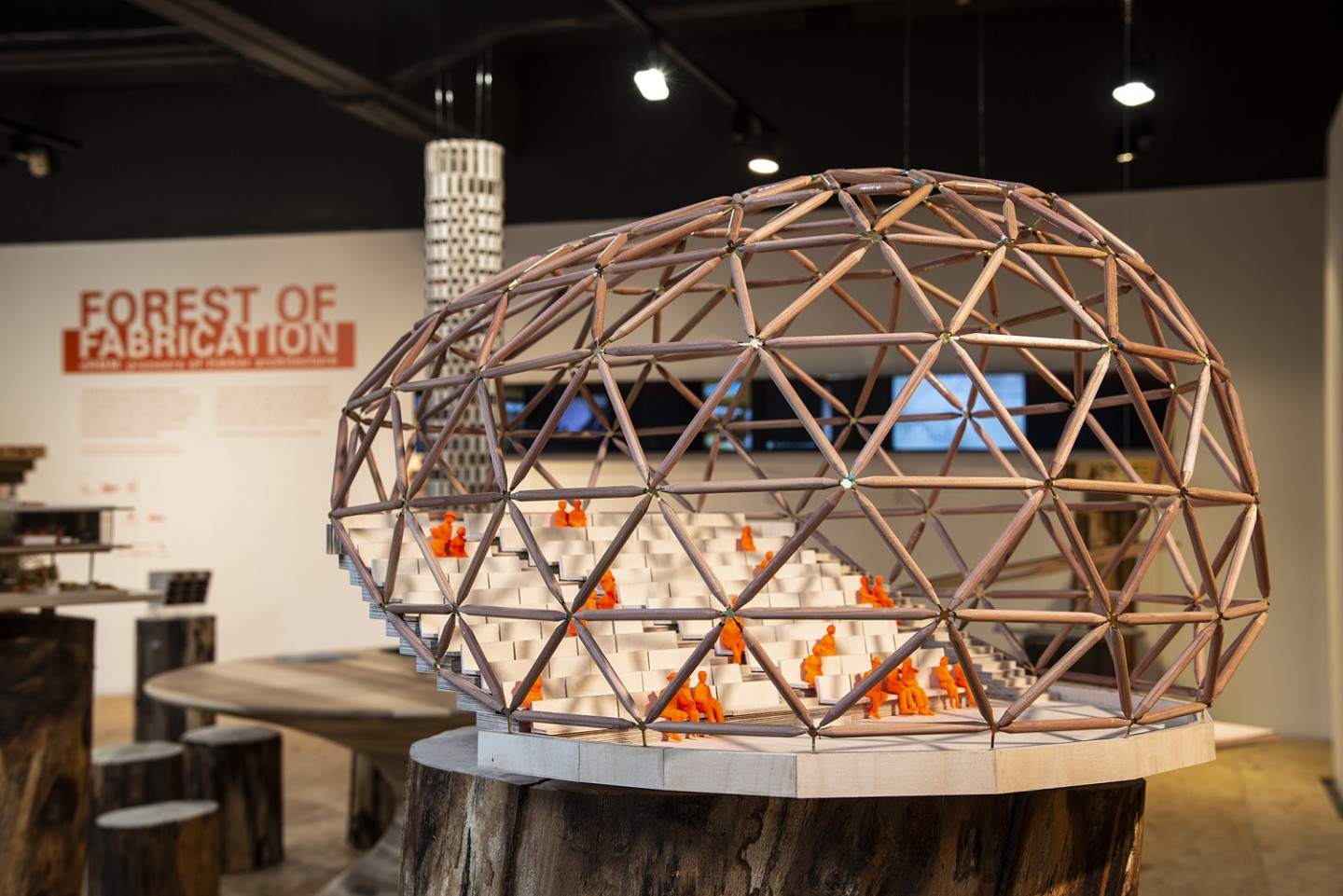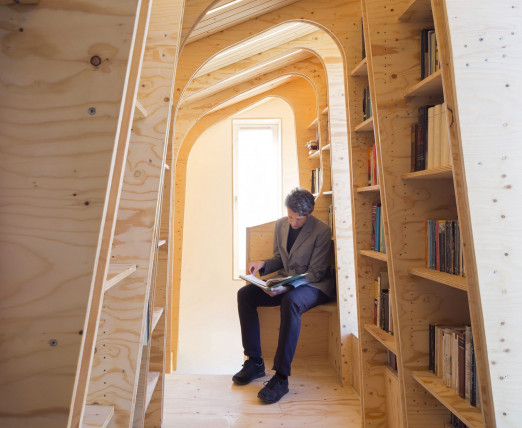Natural materials like timber have a positive effect on our social and cognitive development.
Well-designed buildings are more than their aesthetics, they respond to the needs of the occupants and requirements of safety and comfort for health and well-being.
Buildings affect us in more ways than visual sensory stimuli; what a building sounds like as we move around it, its colour scheme, its patterns and the texture of its materials (inside and outside) has an impact on our mood, stress level, and cognitive development.
The design of our homes, workplaces, classrooms and hospitals should support social and cognitive development.
Psychological research illustrates that the design of hospitals — the use of natural materials, natural lighting and open spaces — for example, can quicken a patient’s
recovery. The use of technology in modern day life has resulted in children’s play increasingly moving from the outdoors to the indoors.
Mindful of this change in lifestyle and social behaviour, architecture in education should foster a sense of community whilst incorporating an outdoor and indoor space for learning and discovery.
As part of the Building Centre’s Forest of Fabrication exhibition, dRMM Architects showcase a timber-clad proposal for Homerton College, Cambridge University.
The structure is designed as a folded roof which enhances the college’s heritage, as the chosen sustainable material — laminated tulipwood — reflects the natural light, fabricating a pleasant space for university students to dine within.
The proposed building has a high ceiling, glass walls and large central open space which is designed to evoke a sense of awe (known to enhance community spirit) whilst open spaces have been shown to decrease stress and cortisol levels.
As recent studies have found that students' mental health is worse than ever, the development of spaces which foster relaxation such as the Homerton College proposal is of utmost importance.
Research shows that when we design buildings which reflect, or remind us of natural phenomena, there is a correlation with students' cognitive development, shown in their enhanced memories, mood and sense of imagination.
Material choice is crucial; under biophilia terms, the use of natural materials, such as Homerton College’s tulipwood, has a positive effect on occupants as it evokes the same relaxing effect of walking in a forest.
Natural materials not only calm us but also, according to research, develop our perceptual skills which impact our mental health.
In addition, researchers Almusaed and Asaad assert that educational buildings should be light, airy spaces which are thermally comfortable as temperature and oxygen level has an impact on workplace well-being and productivity.
The late author and academic Stephen Kellert argues that by constructing post-war (brutalist) buildings, humans have designed spaces which have separated us from the natural world.
Instead, biophilic design principles aim to readdress this imbalance and bring nature back into architectural design via the use of natural shapes and materials.
This architectural connection between the built environment and the natural world stimulates the part of the psyche which craves the innate desire to connect with nature.
By introducing biopic elements into our built environment — flooring, fittings, and furniture — a connection with nature develops.
This is illustrated by dRMM’s award-winning refurbishment of Kingsdale school (completed in 2004) which showcases the benefit of cross-laminated timber (CLT) in construction. An ETFE roof spans the large open courtyard which contains a plywood auditorium in the form of an asymmetrical geodesic dome.
The open-spaced design, with its elaborate honeycomb-like structure, increases students' pride, sense of community and morale, whilst also resembling a natural entity (which according to psychological research), stimulates creative thinking.
Another example of an educational building designed with biophilic principles in mind is dRMM’s Wintringham Primary Academy — a primary school currently under construction.
As illustrated in the model exhibited in Forest of Fabrication, the timber-clad school follows ‘Forest School’ design principles with its epicentre designed as a forest-inspired outdoor space.
The building has a curved and slender timber roof over the structural CLT-built classrooms and features a broad canopy space for outside and informal learning.
The classroom’s facade is coloured in natural hues inspired by the Cambridgeshire countryside. The colour scheme and the use of timber not only improves well-being, but the incorporation of natural elements such as the forest-like garden has a beneficial effect too.
With these benefits in mind, Forest of Fabrication at the Building Centre offers an opportunity to learn about the application of CLT. To view more about the exhibition and the dRMM models on display, click here.
Elegantly crafted by American Harwood, the exhibition also features a sustainable Tulipwood table which members of the public are welcome to enjoy.


_Jason_O'Rear_Courtesy_Studio_Gang-2.jpg)
